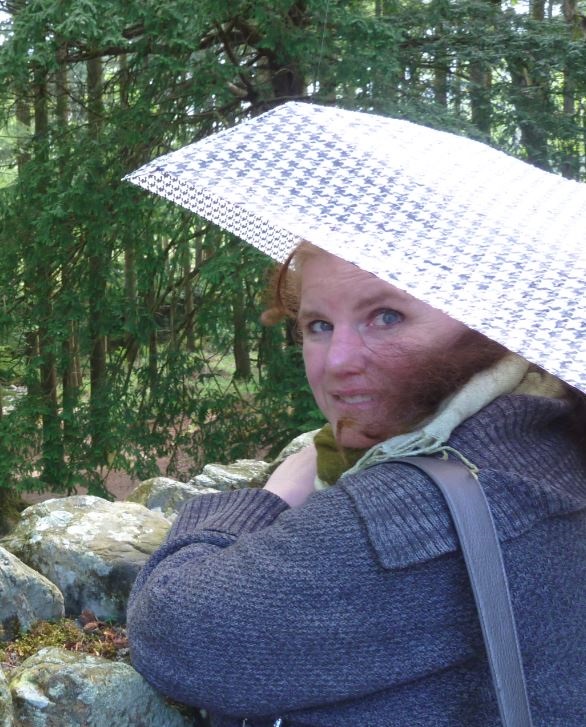First thing: Kim is a guy, not a girl. Misunderstanding there, but hey, Chris made the same mistake, so I don’t feel so bad. He lives in Davis. Second. Robinson has a case of Dune-itis. This book is almost six hundred pages long, and continues for another two installments. I found it very interesting that consistently, the last two lines of each chapter were weak and not as satisfying as they could have been. Third, and perhaps most importantly, the author has an almost eidetic vision of his environment that makes this read like nonfiction: one does not doubt for a moment the things he describes. You get the feeling he’s visited this place and is only describing what he saw. That is very cool. Also, this is one of the few utopic books I have read – well, that is until they start popping bubble cities and flooding everything – and it works really well here. And it makes perfect, pleasing sense that the cities are named Burroughs and Bradbury, after the writers who inspired us to look up.
The weak part of the book are the characters and their internal stories. This may have been intentional: the paltry lives of human beings in comparison to the scope of a planet are small. But the love triangle in the first third is both unbelievable and annoying; the mystery in the middle is musty; the last third, a tragic revolution, was difficult to get through and I ended up skimming a lot of it and probably not understanding as much as I should have. In the first half, I thought, “Gosh, I like reading this guy, I have to read everything he’s written.” In the second half, it became, “No. Maybe not. We’ll see.”
The lesson is well illustrated here, and better than in any other book I’ve read. Whether through exhaustive research or exhaustive imagination, know your landscape and science backwards and forwards, so you aren’t just telling a story, you are in it. That way, your readers will be, too.

 RSS Feed
RSS Feed